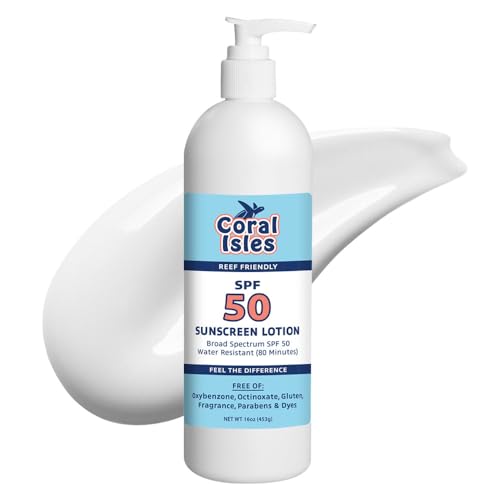trillyen
what???
ok I was watching a how to video and I discoverd that alot of expierenced hobbiest use different substrates. Such as having a real course substrates like crushed coral on bottom and having a much more fine substrate like aragonite sand on top.
Ive also herd that if the DSB is disturbed like in the tank it can release some kind of poison to the fish.
I just found this out today and my DSBs in my refuges are all at least 3 and a half to 4 inches deep and all real fine aragonite sand.
I'm thinking that it will help control nitrate and it more than likely won't be disturbed by anything since nothing will be in the refuge.
I should be ok, and I know a DSB isnt essential ive just always wanted 1, the sand in my tank is about 1 in to a inch and a half deep.
Thanks guys and gals
Ive also herd that if the DSB is disturbed like in the tank it can release some kind of poison to the fish.
I just found this out today and my DSBs in my refuges are all at least 3 and a half to 4 inches deep and all real fine aragonite sand.
I'm thinking that it will help control nitrate and it more than likely won't be disturbed by anything since nothing will be in the refuge.
I should be ok, and I know a DSB isnt essential ive just always wanted 1, the sand in my tank is about 1 in to a inch and a half deep.
Thanks guys and gals


































































